Introduction: What to Expect from the Arusha Giraffe Centre Guided Tour
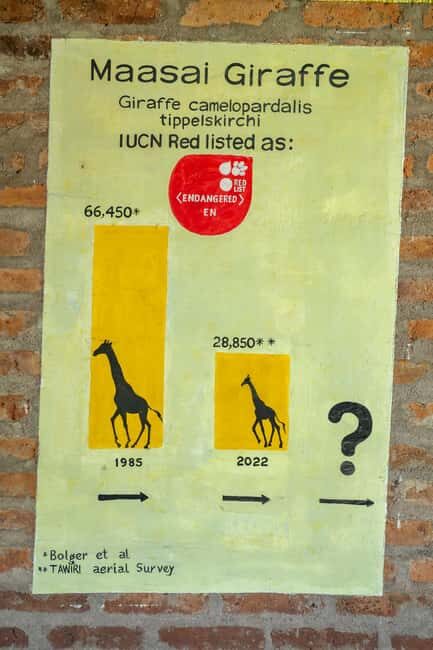
If you’re planning a trip to Tanzania and want to experience wildlife conservation firsthand without going on a full-blown safari, the Arusha Giraffe Centre Guided Tour with Wildlife Walk offers a compelling option. This tour combines wildlife observation with educational efforts that highlight the importance of giraffe conservation and sustainable land management.
What we love about this experience is its focus on meaningful conservation, the chance to observe giraffes up close in their natural habitat, and the fact that your fee supports local education—specifically, providing free visits for children in Northern Tanzania. The opportunity to learn about sustainable farming practices and land regeneration makes this more than just a wildlife encounter; it’s an authentic glimpse into local efforts to protect and restore their environment.
The main potential drawback? The tour is limited to those who can walk comfortably, as it involves guided walks in the giraffe habitat, which might be unsuitable for visitors with mobility issues. It’s perfect for travelers seeking an educational, low-impact activity that offers genuine insight into conservation projects. This experience is ideal for wildlife enthusiasts, families, or anyone interested in how local communities are balancing land use and animal protection.
You can check availability for your dates here:Key Points
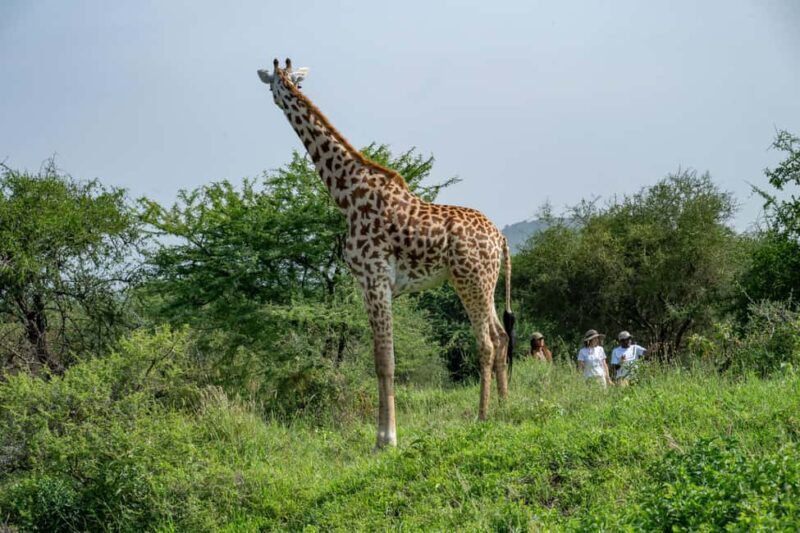
- Wildlife Observation: Experience giraffes in their natural environment through guided walks.
- Conservation Focus: Learn about the decline in giraffe populations and ongoing efforts to reverse this trend.
- Educational Programs: The tour includes engaging lessons on giraffe biology, habitat loss, and sustainable farming.
- Community Impact: Your entry fee helps fund education for local children, supporting community development.
- Land Restoration: Discover how land regeneration techniques are turning arid areas into fertile, healthy landscapes.
- Practical Value: A well-rounded experience for those wanting to combine wildlife with local environmental initiatives.
Into exploring Africa on foot? Check out these other walking experiences we've looked at
A Closer Look at the Experience
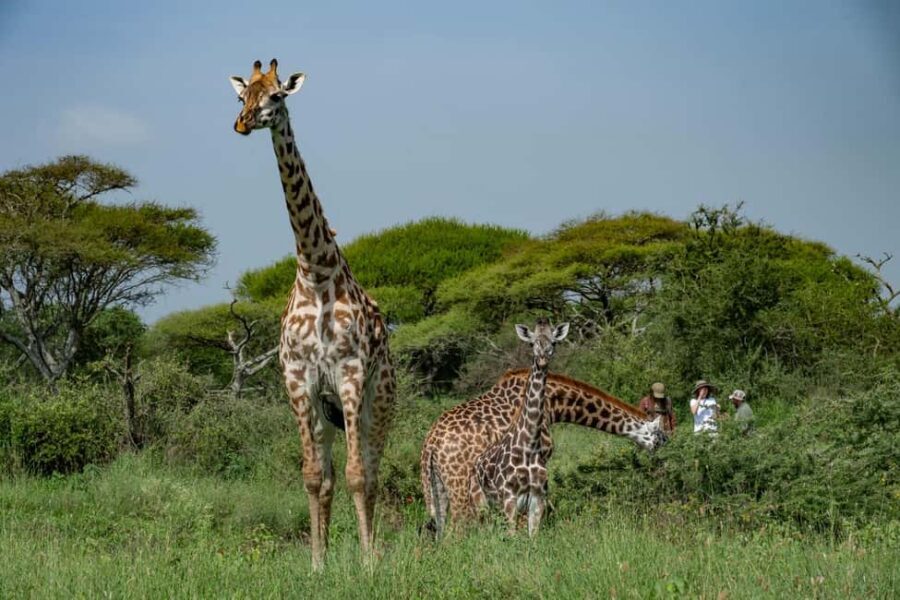
Location and Setting
The Arusha Giraffe Centre is a beacon of hope amid the typically dry Maasai Steppe landscape. Upon arriving, you’ll immediately notice how the center has transformed its surroundings into a lush, green environment—an impressive example of land regeneration. This stark contrast isn’t accidental; it reflects the center’s commitment to demonstrating sustainable land use practices that benefit both the environment and local farmers.
The centre’s efforts in land restoration are so effective that many visitors remark on how this area feels like a different world from the surrounding arid terrain. The lush landscape invites visitors to relax and focus on the animals and plants thriving here—a stark reminder of what sustainable practices can achieve.
Guided Tour and Wildlife Walk
Your experience kicks off with a guided tour led by knowledgeable staff, who are often locals trained in conservation. Expect to learn about the plight of giraffes, which have seen their numbers drop by 50% over the past 30 years, with only around 117,000 individuals remaining globally. The guides are passionate and eager to share stories about giraffes’ behavior, ecology, and the threats they face—mainly habitat loss and poaching.
After the introduction, you’ll embark on a guided walk to observe giraffes in their natural habitat. This part of the tour is particularly engaging because it offers a rare opportunity to see these gentle giants up close. Reviewers have noted that the experience feels intimate and authentic, with many remarking that the giraffes are surprisingly relaxed and approachable.
One reviewer mentioned, “Seeing the giraffes so close, in what feels like their own space, really made the conservation message hit home.” The walk is paced comfortably but involves some uneven terrain, so comfortable shoes are recommended. The guides are skilled at pointing out subtle behaviors and sharing interesting facts about giraffe social structures and feeding habits.
More Great Tours NearbyEducation and Conservation
Beyond animal observation, the tour emphasizes education. The centre offers interactive programs that teach visitors about the importance of giraffe conservation and the broader issues of habitat destruction. Learning about the decline of giraffe populations helps travelers understand why efforts like this centre are so vital.
One standout feature is their focus on sustainable farming. The centre showcases practices that promote land fertility without chemicals or destructive plowing, demonstrating how local communities can restore degraded lands. Visitors gain insight into how sustainable farming is linked to wildlife conservation, making it a practical example of how humans and nature can coexist.
Enjoying having a local guide? These other guided experiences in Africa might interest you
Community and Environmental Impact
Your $57 fee isn’t just a ticket to see giraffes; it actively supports local initiatives. Notably, your entry helps provide free educational visits for local children, nurturing awareness and conservation ethos among the next generation. Several reviewers appreciated this aspect, noting that seeing how the funds directly benefit local communities added to the tour’s value.
The centre also highlights land regeneration techniques that turn barren or degraded land into fertile ground. Visitors are shown how these practices contribute to soil health, water retention, and overall ecosystem resilience.
Practical Details
The tour lasts a couple of hours, usually starting mid-morning or early afternoon. While transportation to the centre isn’t included, many travelers arrange their own transfer from Arusha or nearby accommodations. The tour groups tend to be small, which enhances the personal experience, and guides are personable and eager to answer questions.
What to bring: Comfortable shoes, a hat, camera, sunscreen, and plenty of water. It’s a sunny, outdoor activity, so being prepared makes the experience more enjoyable.
Not allowed: Feeding or touching the animals or plants, littering, or touching exhibits, which helps maintain the integrity of the habitat and animal safety.
Language: The tour is conducted in English, making it accessible for most visitors.
Booking flexibility: You can reserve your spot with flexible payment options—pay later or reserve now and pay closer to your visit.
Detailed Breakdown of the Tour Components
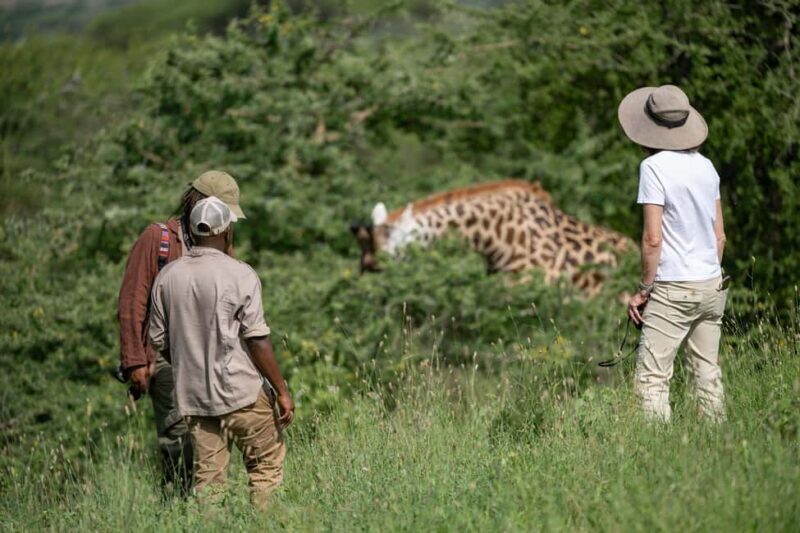
Arrival and Introduction
Expect a warm welcome from staff who are passionate about conservation. They’ll provide a brief overview of the centre’s mission and the significance of giraffe preservation. This sets a meaningful tone for the rest of your visit.
Walking Tour & Wildlife Observation
The core of the experience is the guided walk, which typically lasts about an hour. The guides are skilled at sharing insights into giraffe behavior—like how they use their long necks to browse trees or their social structures within herds. You’ll likely get to see several giraffes grazing, resting, or interacting, all in a setting designed to resemble their natural environment as closely as possible.
Educational Insights
Throughout the walk, guides explain the threats to giraffes, including habitat loss and poaching, and how the centre’s efforts are making a difference. The centre’s approach to land regeneration is particularly worth noting, as it demonstrates tangible steps toward restoring ecosystems that support wildlife and local farms alike.
Land Regeneration & Sustainable Farming
Post-walk, visitors often tour the farm plots where sustainable agriculture techniques are implemented. These include methods that improve soil health and promote biodiversity, serving as a model for surrounding communities. This element makes the experience practical and inspiring, especially for visitors interested in environmental issues.
Youth and Community Engagement
The centre’s commitment to education shines through their free programs for local children. Several reviewers expressed appreciation for witnessing a project that invests in future conservation advocates. It’s a reminder that conservation isn’t just about animals but about empowering communities to protect their environment.
Final Thoughts: Who Is This Tour Best For?
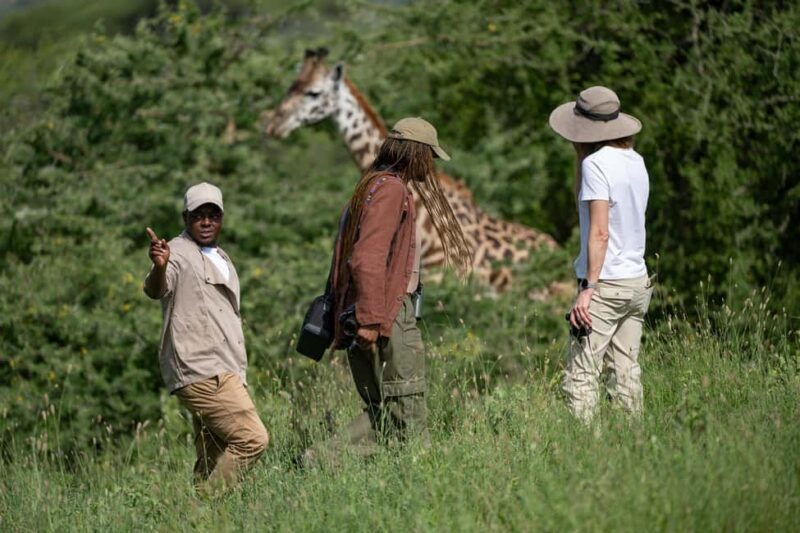
This tour is a fantastic option for travelers who want more than just a quick wildlife sighting. It suits those interested in authentic conservation efforts, sustainable land use, and community impact. Families with kids will appreciate the educational focus, while solo travelers looking for an enriching, low-cost activity will find it rewarding.
It’s especially fitting for visitors who enjoy outdoor activities and want a meaningful, educational experience that supports local initiatives. The modest price point makes it an accessible way to connect with Tanzania’s iconic wildlife while contributing to vital conservation and community programs.
However, if you have mobility issues or seek a more traditional safari experience, this tour might feel limited—though it’s a powerful, intimate alternative that emphasizes learning and sustainability.
FAQ
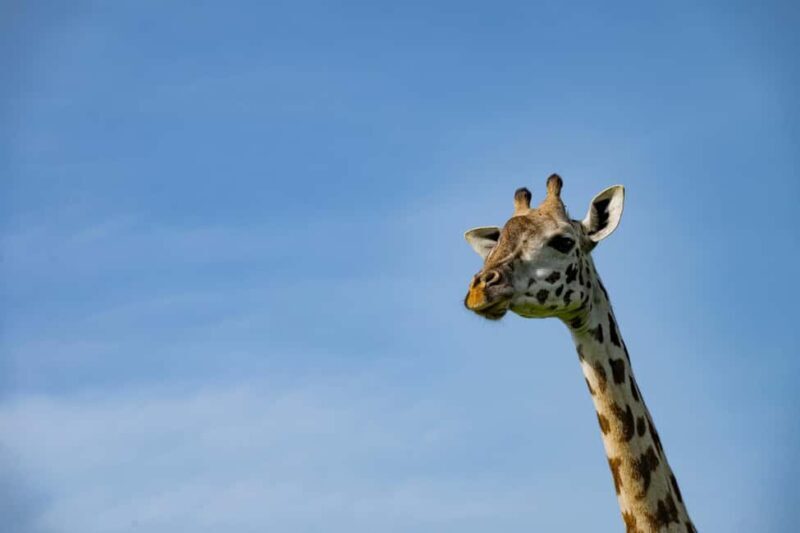
Is transportation to the Giraffe Centre included?
No, transportation is not included, so you’ll need to arrange your own transfer from Arusha or nearby accommodations.
What should I bring with me?
Comfortable shoes, a hat, camera, sunscreen, and plenty of water are recommended to enjoy the outdoor walk comfortably.
Are there any restrictions on touching the animals or plants?
Yes, visitors are not allowed to touch animals, feed them, or touch exhibits or plants to ensure safety and habitat preservation.
How long does the tour last?
The guided tour, including the wildlife walk and educational elements, typically lasts around 2 hours.
Can I book this tour last minute?
Yes, with flexible reservation options, you can keep your plans open and reserve your spot, paying later if needed.
Who conducts the tour?
The tour is led by knowledgeable staff and guides trained in conservation, often local experts passionate about protecting giraffes.
Is this experience suitable for children?
Yes, children benefit from the educational programs, and the tour’s focus on conservation makes it engaging for young explorers.
Final Words
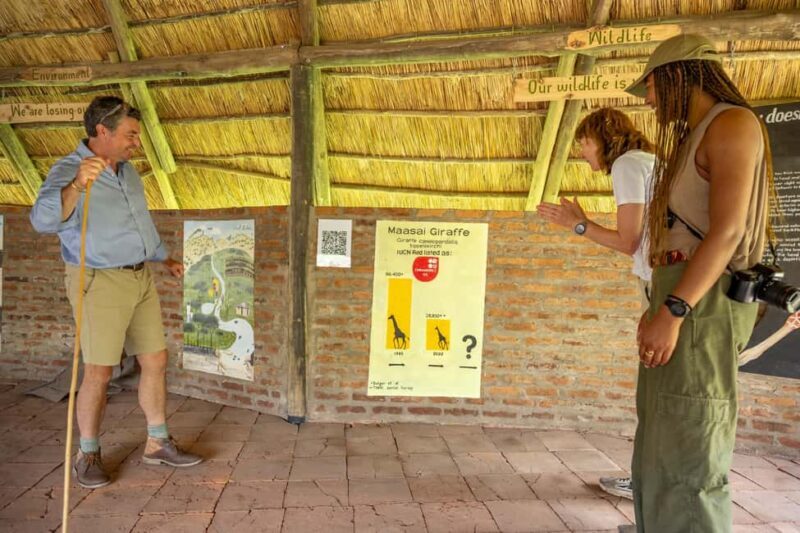
The Arusha Giraffe Centre Guided Tour with Wildlife Walk offers a rare chance to see some of Africa’s most beloved animals in a setting that emphasizes conservation and community involvement. It’s an affordable, meaningful activity packed with educational insights and authentic wildlife encounters. Whether you’re a wildlife enthusiast, a family seeking an educational outing, or a traveler wanting to support local sustainability efforts, this tour provides a balanced mix of fun, learning, and purpose.
The experience’s focus on land regeneration and sustainable farming practices enriches your understanding of how local communities are actively working to preserve their environment—making it a tour that’s not just about seeing animals but about understanding the broader story of ecological resilience and hope.
You can check availability for your dates here:More Cycling Tours in Africa
More Tours in Africa
More Tour Reviews in Africa
Still browsing? Here are more Africa experiences we've covered recently
- Cape Town: Secret Cellars Cape Wine Tasting and Lunch
- Arusha: 4-day Safari, Tarangire, Serengeti, and Ngorongoro
- Musanze: Local Food Harvesting & Cooking Experience
- NAIROBI:Ngong Hills Day Hike,Group Tour
- Reunion Island: 4-hour quad bike tour with lunch
- New El Alamein: Jet Ski Adventure
- Zanzibar: Prison Island & Nakupenda Sandbank Tour With Lunch
- New El Alamein: Fly Board Experience with Instructor
- Mafia Island: Kilindoni Town Guided Tour
- Arusha; Walking City Tour History, Culture & Lifestyle
- ZANZIBAR: Mnemba Island Snorkeling & Turtle Aquarium Tour
- Mafia Island: Sefu Sandbank Snorkeling Tour with Lunch
